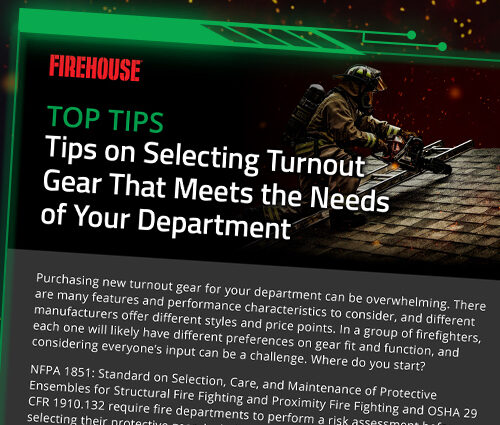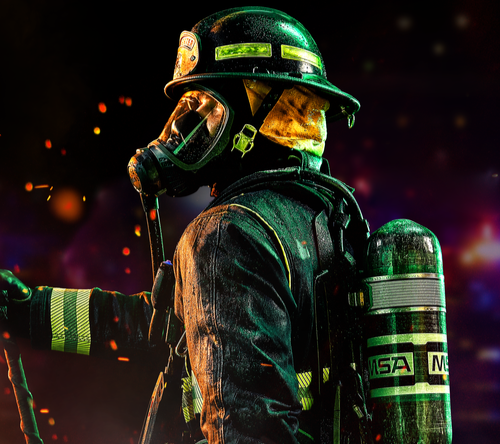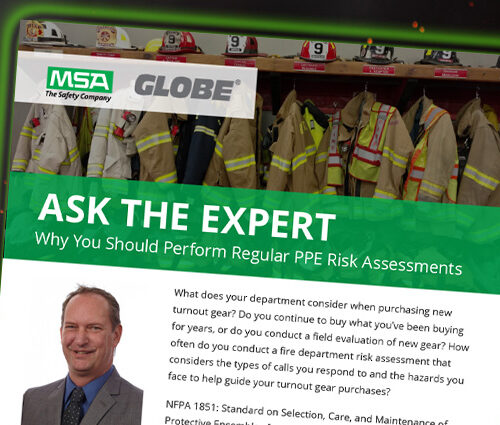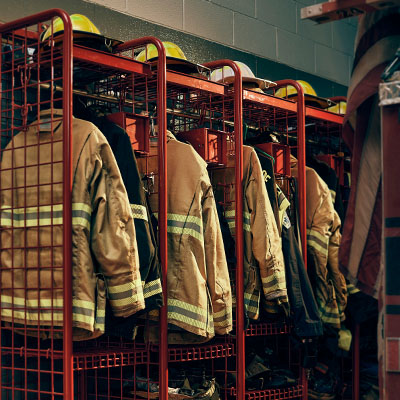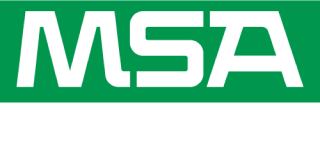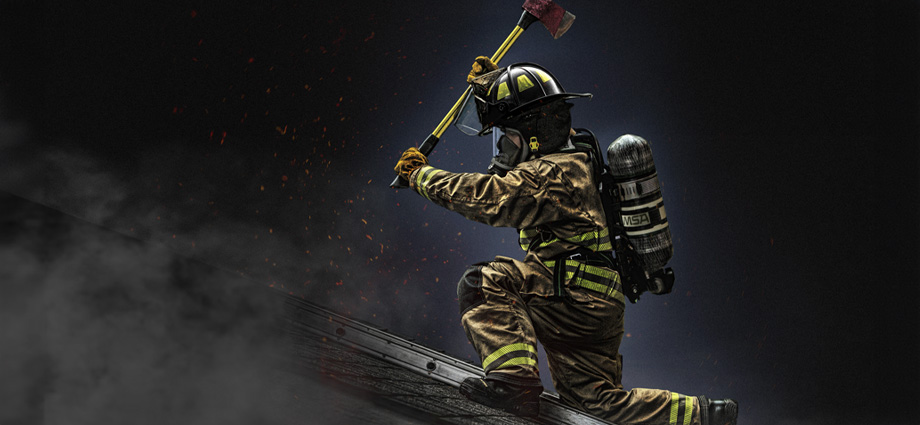
Firefighter risks are encountered nearly every day on the job. Assessing and reducing these risks is paramount to your personnel’s safety and selecting your PPE is crucial to risk mitigation.
Prior to your next structural and proximity gear evaluation, your fire department must first take the crucial step of completing a comprehensive Risk Assessment. This approach goes beyond compliance with NFPA standards; a thorough Risk Assessment ensures all incident operations, potential hazards, and priorities are properly identified before you define your PPE specifications. Your personnel’s PPE must meet their needs so they can perform duties and response operations while minimizing risk.
Conducting an NFPA Risk Assessment Just Got Easier
MSA Safety offers a free PPE Risk Assessment tool, which provides a digital record of your completed evaluation.
Click here to begin your next PPE Risk Assessment.
Why are Risk Assessments Important?
-
Achieve Compliance with NFPA Standards
PPE Risk Assessments are not simply recommended; they are required to maintain compliance. According to NFPA 1851: Standard on Selection, Care, and Maintenance of Protective Ensembles for Structural Firefighter, fire departments should complete a risk assessment prior to evaluating and selecting their PPE. In this standard (2018 Edition), detailed criteria are listed as a requirement for a comprehensive assessment, including Duties, Operations, Current PPE Satisfaction, and Hazard Identification.
-
Select Gear Designed to Meet Your Needs
As part of your Risk Assessment, you will need to identify the on-scene hazards that potentially face your fire department. The types of risk and severity of exposure will vary per department, but may include physical, biological, chemical, thermal, and environmental hazards. After evaluating these risks, you will be in a better position to determine the PPE needs of your team. For example, if your fire department serves a metropolitan region with one or more tall buildings, your firefighters will likely need personal bailout systems to escape these structures. With this potential hazard in mind, you can ensure Escape Pockets are included in your next structural turnout gear specification.
-
Keep Track of Your Department’s Operations and Needs
Tracking your fire department’s incident operations and hazards exposure is not only a helpful exercise, but necessary for closely monitoring the needs of your personnel. Documenting your completed PPE Risk Assessment is essential to helping your firefighters work safely. As environments and populations change, your recordkeeping will serve as a guide for the evolving hazards that your turnout gear and ensemble elements must address. Ideally, you will have a digital record of your Risk Assessment so this data is never lost. Get started on your PPE Risk Assessment with MSA’s free and easy to use step by-step tool, which provides a digital record of your completed evaluation via email.
Click here to begin your next PPE Risk Assessment.



